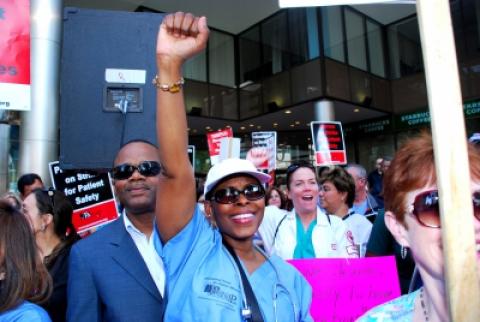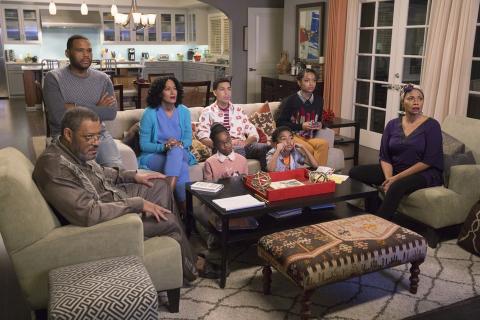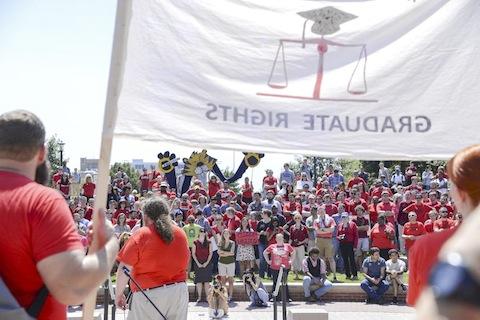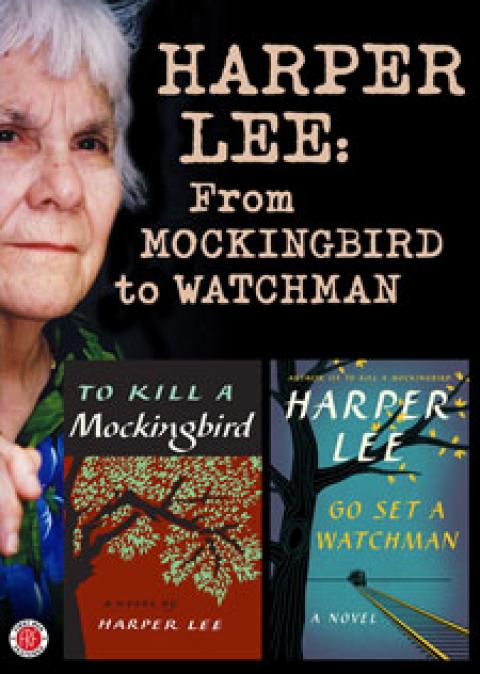Sustainability through local food
UC Food Observer

A farmland mapping project by a UC Merced professor indicates that most areas of the country could feed between 80 percent and 100 percent of their populations with food grown or raised within 50 miles. The study immediately generated comment, including positive accolades from author and influencer Michael Pollan (also a UC professor). Many have noted the importance of the study in filling a research gap about local food.








Spread the word